Sam Eichblatt looks at a New Zealand secondary school that uses design to foster a different type of learning.
September 20th, 2011
New Zealand’s ASC Architects was tasked by the Ministry of Education with creating a new GreenStar-rated secondary school in an equally new suburb of the sprawling coastal city of Tauranga.

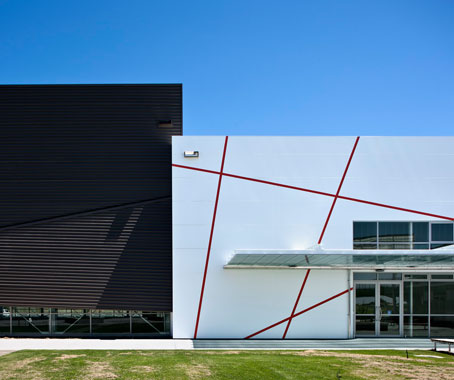
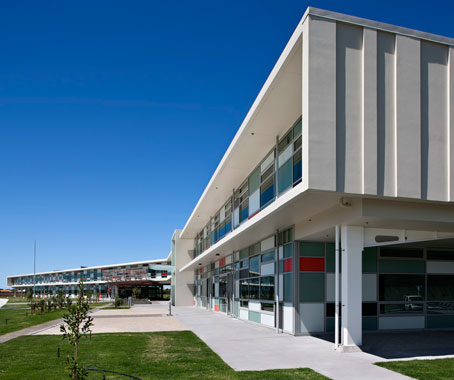
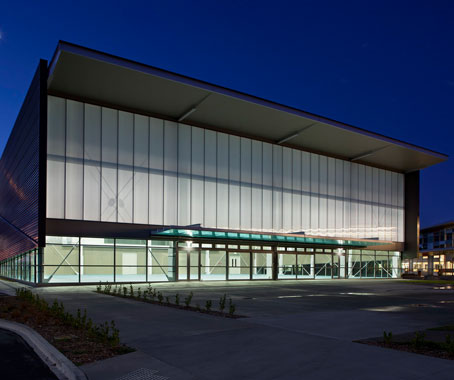
“We approached it with the idea that schools should be about more than students — they should become part of the community fabric,” says lead architect John Sofo. The board of trustees had embraced a new educational curriculum of project-based learning: “So the challenge for us was defining what sort of teaching environment would allow that to occur. As a result, this school is quite an eye opener.”



The structure has an X-shaped orientation with long, narrow arms, its large footprint allowing natural light and ventilation through all of its spaces.
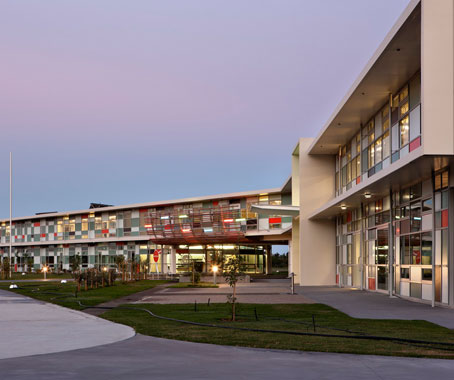

Perhaps more revolutionary, however, is its lack of traditional classrooms — instead, it has a series of large, loosely connected spaces which each hold about 100 students.



Essentially, Papamoa is a refined version of the 1970s “schools without walls” model. Sofo also compares it to an architects’ studio, only in an educational setting. “In real life, knowledge isn’t compartmentalised into defined subjects. In primary school and university, learning is more collaborative — why not secondary school?”
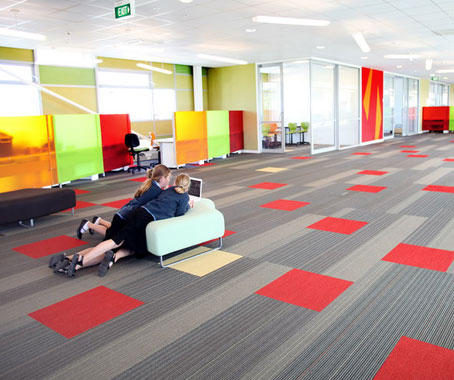

The building also functions as a learning resource for sustainability. Calculations for earthquake proofing and load bearing have been drawn onto the walls, so students can see the physics behind them. It measures rainwater harvesting, posting information on the school intranet that kids can use in projects. Garden beds are designed for students to grow their own edible plants.

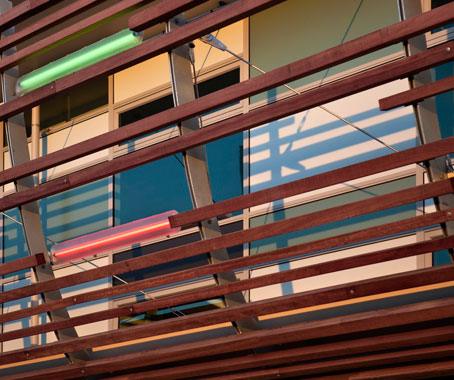
A year on, the building has received awards for design and sustainability from the NZ Institute of Builders. And, more significantly, it’s working for the students. Teachers report that the self-directed learning model has made them more engaged, and behavioural problems have nearly disappeared.
ASC Architects
ascarchitects.co.nz
INDESIGN is on instagram
Follow @indesignlive
A searchable and comprehensive guide for specifying leading products and their suppliers
Keep up to date with the latest and greatest from our industry BFF's!

The undeniable thread connecting Herman Miller and Knoll’s design legacies across the decades now finds its profound physical embodiment at MillerKnoll’s new Design Yard Archives.

A longstanding partnership turns a historic city into a hub for emerging talent

60 years of award-winning design – Red Dot Award: Product Design is looking for strong designs and innovations for 2015.

If Dropbox relieves the stress of people working together, then so too does the Dropbox Sydney office designed by Gensler. Based on the concept of ‘workplace as home’ it could almost be a new interpretation of ‘working from home.’
The internet never sleeps! Here's the stuff you might have missed
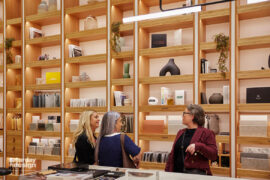
Saturday Indesign lit up the CBD and South Melbourne with design, wellness, hospitality, and community in a day full of creativity and connection.
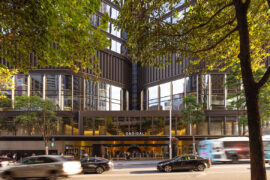
Foster + Partners has recently delivered two significant projects in Sydney, working across both commercial and public transport infrastructure.
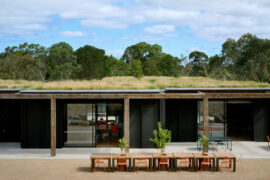
McIldowie Partners, in association with Joost Bakker, has been awarded The Learning Space at the INDE.Awards 2025. Their project, Woodleigh Regenerative Futures Studio, redefines the educational environment as a living ecosystem that nurtures sustainability, innovation, and community.